Antiarrhythmics are drugs for cardiac arrhythmias. They are mainly used for tachycardia, the accelerated heartbeat. For bradycardia, a slowed heart reaction, a pacemaker is recommended rather than medication with antiarrhythmics.
What are antiarrhythmics?
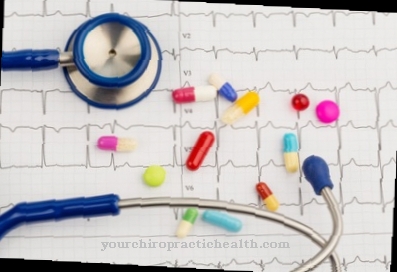
Antiarrhythmics (Singular: antiarrhythmic) is the medical term for drugs against cardiac arrhythmias. The classification of these pharmaceuticals is officially defined in a 4-class division. The criterion is the physiological mechanism of action.
Some antiarrhythmics act in several places in the metabolism, which is why their assignment in the system is difficult. Therefore, the classification is also under discussion, especially since unofficial representations name a 5th grade. This includes antiarrhythmics that are not included in the official version. In addition, the four classes only contain drugs against rapid cardiac arrhythmias (tachycardias).
Slow cardiac arrhythmias (bradycardia) can also be treated with some drugs, but these drugs are not included in the standard definition. These funds play a subordinate role because slow cardiac arrhythmias are mostly compensated with pacemakers and not with antiarrhythmics.
Application, effect & use
Antiarrhythmics Class I are the sodium channel blockers. They reduce the influx of sodium into the heart muscle cells. Sodium is crucial for the development of action potentials (electrical excitation). There are 3 groups of sodium blockers, which differ in their fine effect on the action potential, but which all have a direct dampening effect on the heart muscle cells.
Class II antiarrhythmics are the well-known beta-blockers, called beta-blockers for short. These drugs affect the heart's own nerve complex. Here they block the beta adrenoceptors, which are signal points on the nerve cells that are stimulated by the stress hormone adrenaline. In the end, the heart reacts less to the hormonal stimulation and works more balanced.
Class III are the potassium channel blockers. Potassium is also involved in building up the heart muscle cells. The potassium channel blockers delay the outflow of the mineral from the cell, which slows down every single heartbeat. This also results in more regular heart action. Class IV of antiarrhythmics includes calcium channel blockers. The pharmaceuticals reduce the absorption of calcium by the nerve cells of the coronary clock. The reduced nervous performance results in a reduced pulse.
Finally, there are the unclassified antiarrhythmics, which include potassium and magnesium, for example. The minerals are necessary for the functioning of nerve and muscle cells and can support the treatment of cardiac arrhythmias in patients with corresponding deficiency symptoms. Cardiac glycosides also belong to this “fringe group” of antiarrhythmics. They cause stronger contractions of the heart muscle with a simultaneously lowered pulse. Atropine is one of the few drugs that are given for fast heart rhythm problems. The active substance blocks certain receptors on nerve cells as well as other antiarrhythmic drugs.
Herbal, Natural & Pharmaceutical Antiarrhythmics
Antiarrhythmics are mostly substances that are produced synthetically and do not occur in nature. Some also come from the secondary metabolism of plants. Scientists discovered the sodium channel blocker ajmaline in the Indian snake root (Rauvolfia serpentina).
Quinidine, a substance from the Chinese tree (Chinona pubescens), also belongs to class I of antiarrhythmics. Digoxin, which belongs to the cardiac glycosides, is technologically obtained from a local plant: the well-known foxglove (digitalis) is a very old remedy. The deadly nightshade (Atropa belladonna) is a notorious fruit of Central Europe, the alkaloid of which, atropine, is widely used in medicine, rarely also as an antiarrhythmic.
In addition to these substances of an organic-synthetic or biological nature, there are also inorganic preparations. Potassium and magnesium are mineral components of our daily food and are used in high doses as antiarrhythmics. Homeopathic preparations against cardiac arrhythmias are not considered an alternative to the "official" antiarrhythmics in established medicine.
You can find your medication here
➔ Medicines for cardiac arrhythmiasRisks & side effects
Antiarrhythmics have a wide range of side effects because there are a large number of individual substances involved. The beta blockers tend to be best tolerated.
The most common are gastrointestinal problems, blurred vision, and rashes. Psychological complications such as disorientation and depression are also undesirable effects. Side effects that affect the cardiovascular system appear paradoxically. A change in medication or a dose reduction is then inevitable. The active ingredients of plant origin in antiarrhythmic drugs are by no means unproblematic.








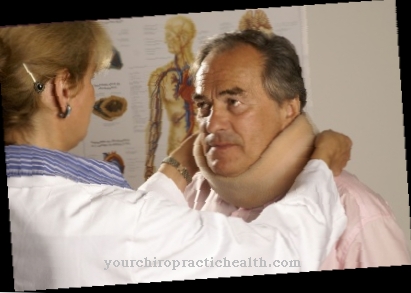
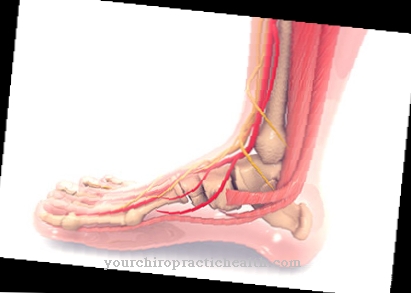

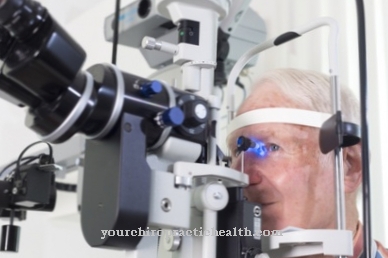
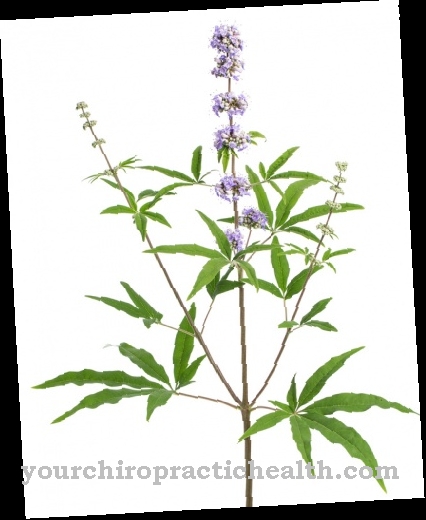



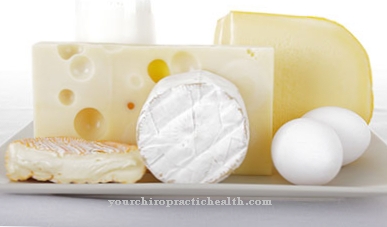


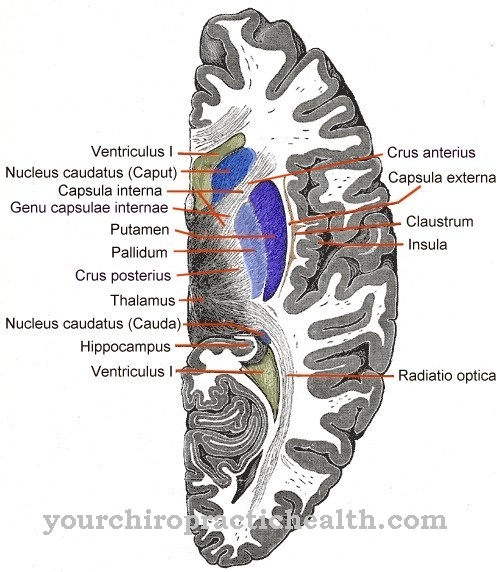
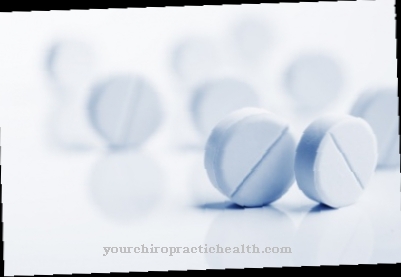


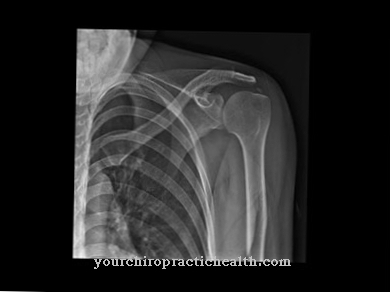

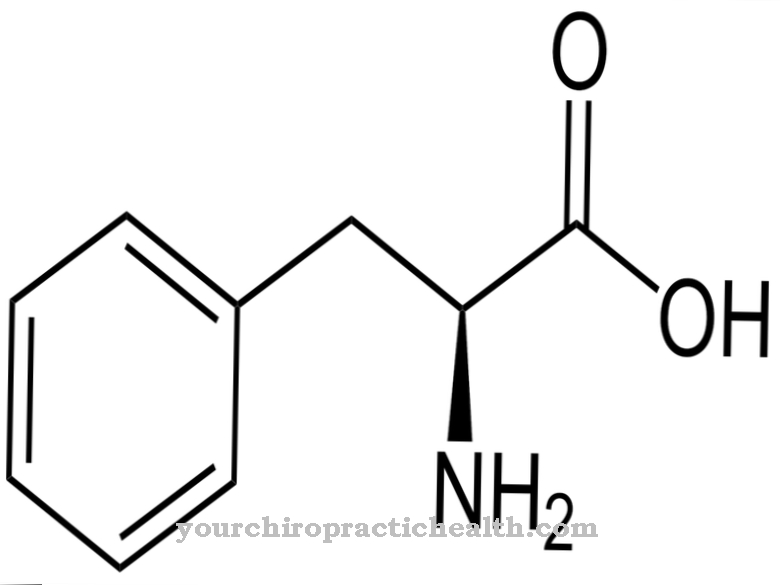
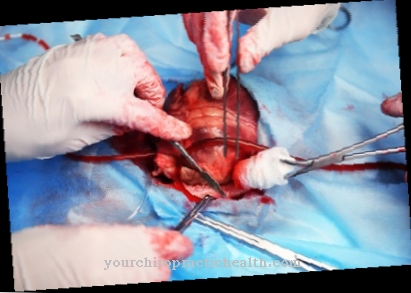
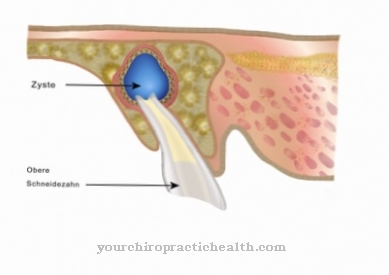
.jpg)